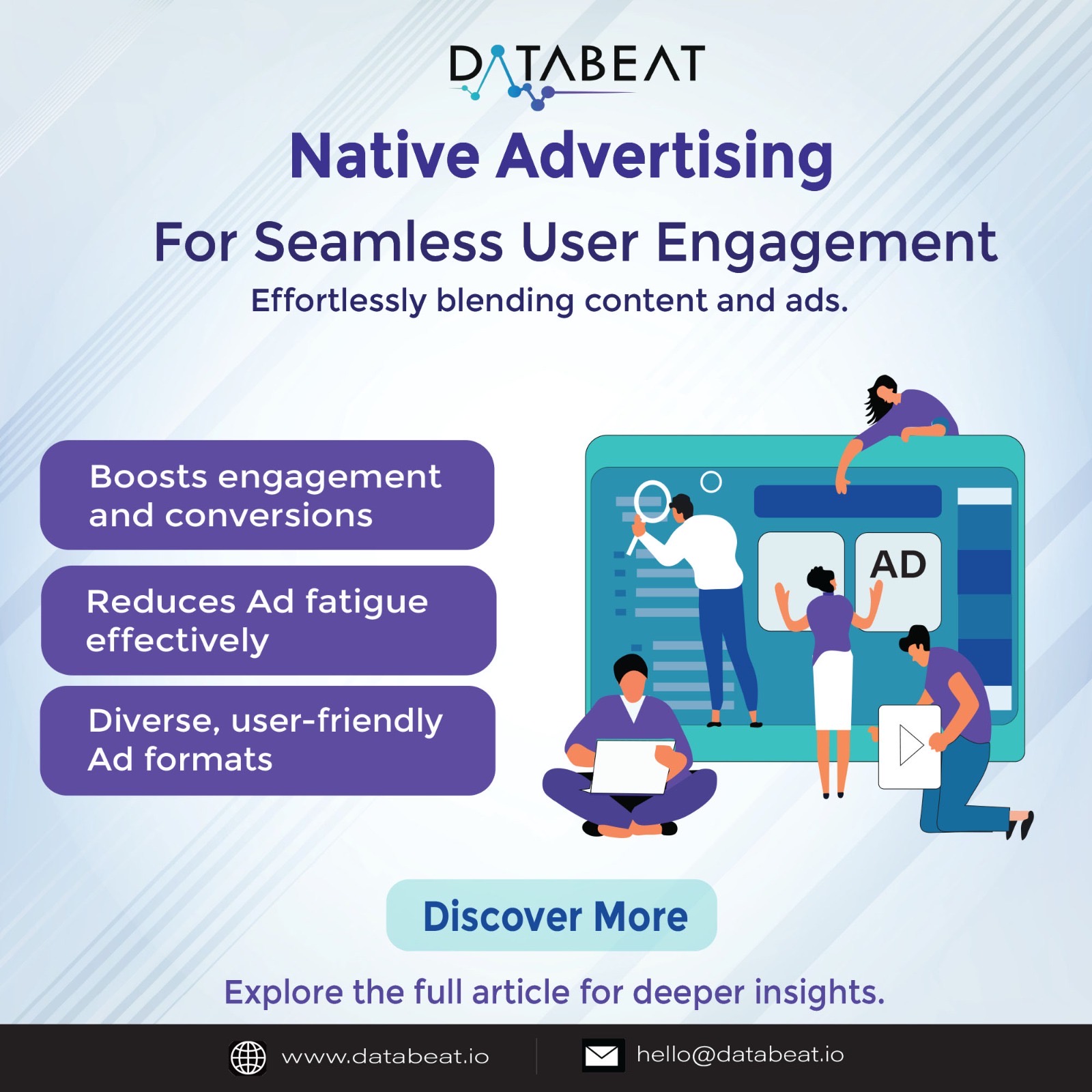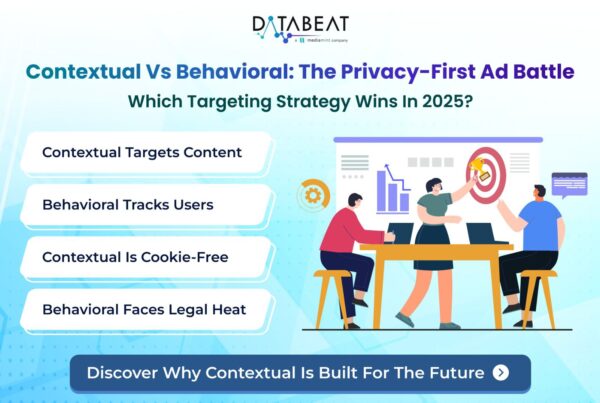
Want to know how much you could benefit from Ad Refresh? Use our calculator to find out!
Camouflage is a way of blending or disguising into a new environment to achieve a target or a goal. Many living creatures use this strategy starting from chameleons in forests, polar bears in snow, reptiles in deserts to even military personnel in combat. So this cannot be considered as foul play. In fact, it is a survival strategy. Native advertising is one such similar act in the digital ad tech space. Come and let’s know more about this.
What is Native Advertising?
Native advertisements are in such a way that they are organically embedded into the actual content of the page to match the look and feel of the websites where they are displayed. A boon for Native ads is that they aren’t oddly noticeable like other ads because they are seamlessly integrated irrespective of their functionality and media format. A user won’t get annoyed by its occurrence. So, there is a higher chance that a user may not even realize that they are observing paid ads.
For instance, we can witness this native content across the social media platforms mostly like instagram and facebook. Here, an ad looks almost identical to other posts or videos due to its native advertising character. Native display/video ads separate themselves from traditional ad settings because they won’t cause ad fatigue unlike banner or display ads.
Publishers looking to implement native ads on their websites can leverage DataBeat’s Optimization Calculator as a powerful tool to assess potential revenue uptick. By offering a comprehensive analysis of key performance metrics, the calculator enables publishers to visualize the incremental revenue gains achievable through native advertising strategies.
Native Widgets
Just like the way we have phone and computer widgets where we see a combination of different things at the same place, we can also have multiple ads at the same place i.e., called a widget. As this widget has the character of being integrated into the content, this is known as native widget.
Benefits of using Native Ads:
- As being a part of editorial content, they are clickable and attractive
- More effective than display ads
- Attention grabber
- Less complex set up and integration
- Non – intrusive
- High engagement rates by boosting user engagement
- High conversion rates
- More impressions through Native widgets
- Single strategy to earn profit while giving the user a good experience
- Less annoying to users
- Can reach to target audience
- Can see more user retention with these native ads
- Fights and fatigue and banner blindness
- Ad blockers do not block native content
- Beneficial to both publishers and advertisers
- More control to publishers
Native Advertising Formats and Examples:
The type, style of native ads advertisers wish their users to consume and the message they want to share via native ads is totally dependent on advertisers which implies they have significant control over native display/video ads. There are different Native advertising examples/formats that are available and they are listed below:

Widget (Content Recommendations) :
- Content recommendations are like ads that match to the content
- These ads disguise as recommended content like articles
- Generally present at the end of the page
- We can also use these ads for recirculation
Promoted listings/Search :
- These ads will appear at the top of the search bar or search engine results when you search for an item
- When we search anything on Search console, you will find two or three results as sponsored with a link and description
- Google Adsense offers this combination of search and native advertising
- Some other domains like Yahoo Gemini or Oath Native advertising platforms and etc offers this kind of advertising
In-feed Social Media Ads :
- This is probably the most popular and most sought after native ad format
- We see such ads in social media platforms
- They totally copy the web atmosphere of the social network site/app and integrates in between
- They will appear in user’s news feed
- These ads trigger and creates a purchase intent among the social media (Facebook, Instagram, X, Tik Tok etc) users
Carousel Ads:
- These are common across online websites like e-commerce
- When a site has various products to showcase to the users, websites can use these native carousel Ads

Outstream Video Ads:
- Native Outstream video ads plays in between the paragraphs of the content
- It auto plays video content only when the user is in the viewport and pauses if the user scrolls past
- It is a non-intrusive video ad format
- These video ads don’t disturb user experience
- Marketers find this format effective and capable due to its viewability which enhances programmatic KPI goals
Here is an article for more information on Outstream Video Ads.

Click to watch video Ads:
- When a user clicks on the play button, the video will start to play
- Brands or companies who want to drive conversions are most likely to use this format
- A ‘Click to Watch’ video ad mixed with ‘Click to Action’ is a good choice to take
Mobile app install Ads:
- Mostly App Publishers use this kind of native ad format
- These are created in such a way to engage potential customers
- These are designed with creative and eye-catching mobile ads
Top Native Advertising partners available in the market:
- Revcontent
- Taboola
- Nativo
- Outbrain
- Smarty Ads
- Triplelift
- Sharethrough
- Engageya
- Yahoo Gemini
Key Inputs for creating Native Ads:
Native ads are created using a number of metadata elements like Thumbnails, headlines, descriptions, URLs, and etc. But creating native ads isn’t that difficult when we have a clear understanding of our target audience and goal to achieve.
Here are some essential rules to get started with Native Ads:
- Images work best when they depict people, rather than logos of companies
- Ad images and headlines must relate to one another
- A user should land on a relevant content rather than some random page when he/she clicks on the native ad
- Try different images and headlines to see which works best for your target audience
Scope of Native Advertising:
Brands of all sizes are trying native advertising in their digital campaigning. The value for native marketing is increasing leaps and bounds every year and we can expect a $400+ billion value by 2025. This success streak can work because native ads are benefitting all the nodes in ad tech space.
How can DataBeat help here?
An additional reason to choose DataBeat is their extensive experience with Native advertisements, including all tiers of competence and unique knowledge of effectively campaigning them. Moreover, we can assist you in developing plans that complement Native advertising and offer customized solutions to every ad tech node. Collaborate with Databeat to enhance qualitative service, revenue, and bond.










